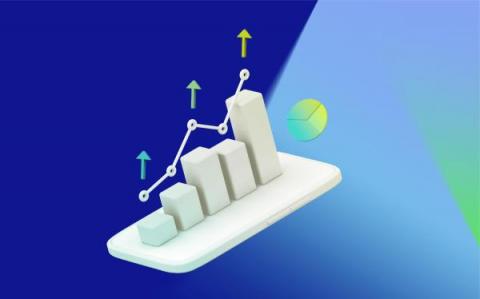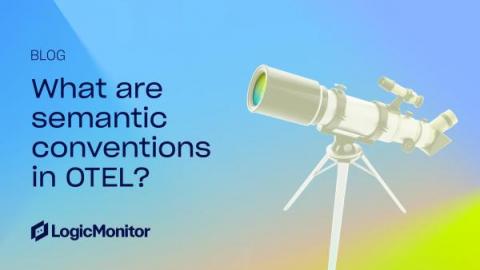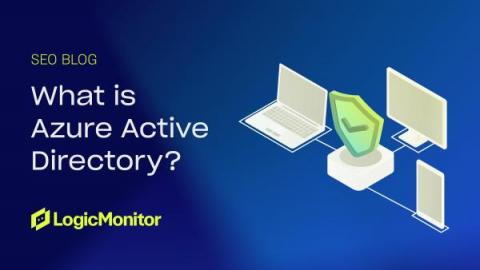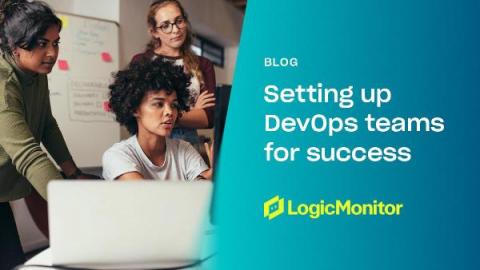What is AWS Kinesis?
Amazon Web Services (AWS) Kinesis is a cloud-based service that can fully manage large distributed data streams in real-time. This serverless data service captures, processes, and stores large amounts of data. It is a functional and secure global cloud platform with millions of customers from nearly every industry. Companies from Comcast to the Hearst Corporation are using AWS Kinesis.











